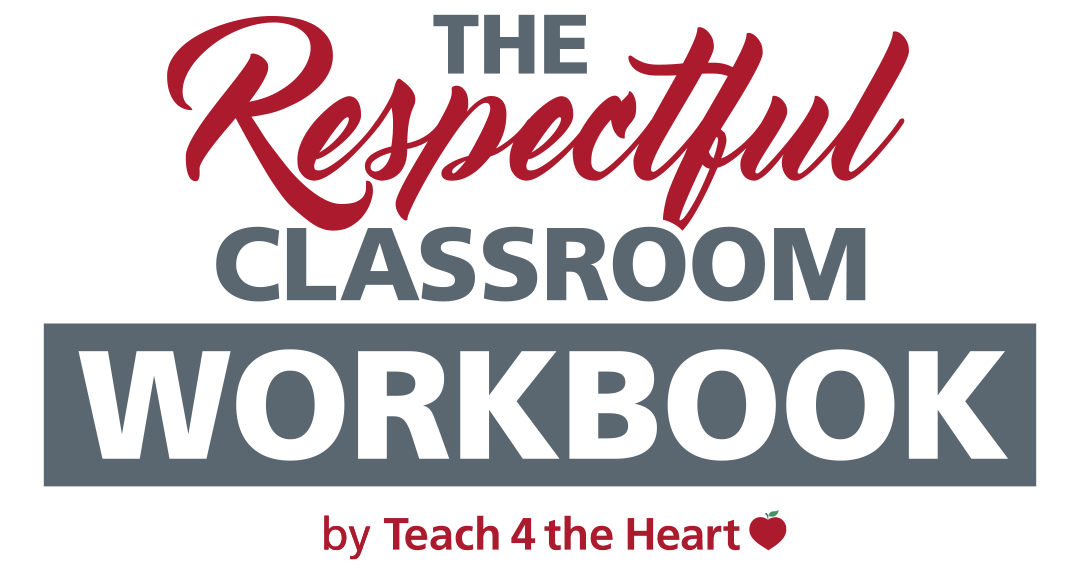
We definitely want our students practicing and applying what they've learned, but direct instruction is also vital. Listen to discover six ways to make direct instruction more engaging - drawing students in and getting them excited to learn.
listen here:
Why use direct instruction?
Direct instruction refers to when the teacher is directly giving information to the students. This could take place over zoom, while lecturing in person, or even when students are watching pre-recorded videos.
Direct instruction is important, but it’s also vital that it isn’t the only form that learning takes in your classroom. Alice Keeler said, “The person doing the work is the person doing the learning.” Students need to be actively engaging with the material in class, not just listening and taking notes. However, in an effort to avoid too much lecturing, some teachers have the students figure out everything themselves. That’s not good either because students need guidance. The best teaching is a combination of direct instruction and students applying or practicing what the teacher has taught.
how to make direct instruction engaging
- Let your passion for your subject shine through- Your excitement is infectious and it shows students that what you’re doing is valuable. What if there’s a subject you don’t like? Spend more time on the subtopics in that subject that do interest you. You can also be honest with your students. “This isn't my favorite subject, but it’s really important because…”
- Change your definition- Sometimes we teachers think that engaging means fun and that we have to tell jokes and funny stories to get interest. But that isn’t always true. Engaging can also mean thought-provoking and relevant. When students have to think deeply about a topic or can see how it applies to their lives, they are engaged.
- Ask "So what?"- Before each lesson, ask yourself why this lesson matters. Then, answer the question. Maybe the lesson ties into something happening in the real world or is a foundational skill for something else the class will be learning. Your answer to this question should frame how you introduce the lesson to the students. This could also lead you into creating some good discussion questions. For example, “How does this lesson relate to this current day news article?”
- Incorporate writing- Direct instruction doesn’t have to be all lecture by the teacher. Asking students questions is one way to get them involved, but sometimes only one or two students answer. One way to maximize the technique of questioning is by incorporating writing. This doesn’t mean assigning a huge essay- it can mean giving students 60 seconds to write a quick response to a question. This could be done in their notebook or on an index card to turn in. Then, you can call on individual students to share what they’ve written. This will ensure that every student participates in some way. With any subject, at the end of the lesson, you can give prompts such as, “Write down two things that are important to remember from today,” “Write down something you still have questions about,” or “How would you explain what we just learned to an absent student?” As students get used to this, it helps them synthesize the information on a higher level. For more ideas on incorporating writing, check out 5 Easy Ways to Incorporate Writing into Any Classroom.
- Give micro-lectures- Share only one part of the direct instruction at a time. After sharing just one piece, have students stop, turn to a partner, and share what they just learned. This causes students to put the information into their own words. The teacher can walk around and listen for any misconceptions.
- Add movement- Always be looking for ways to add movement to your lessons. This makes students more active and engaged. Students can use hand movements or get out of their seats for bigger movement.
For more ideas on making direct instruction, practice, and application more engaging, check out the Respectful, Responsible, and Engaged training course (This course has been replaced with The Respectful Classroom Workbook- get it here!).
resources mentioned:
Respectful, Responsible, and Engaged Course - (This course has been replaced with The Respectful Classroom Workbook- get it here!)
spread the word!
Did you find this post helpful? Clue in your fellow teachers by sharing the post directly (just copy the URL) or by clicking one of the buttons to automatically share on social media.

This article may contain affiliate links. This means that if you purchase a resource after clicking the link, Teach 4 the Heart may receive a small commission at no extra cost to you. Thanks for helping support Teach 4 the Heart in this way.


